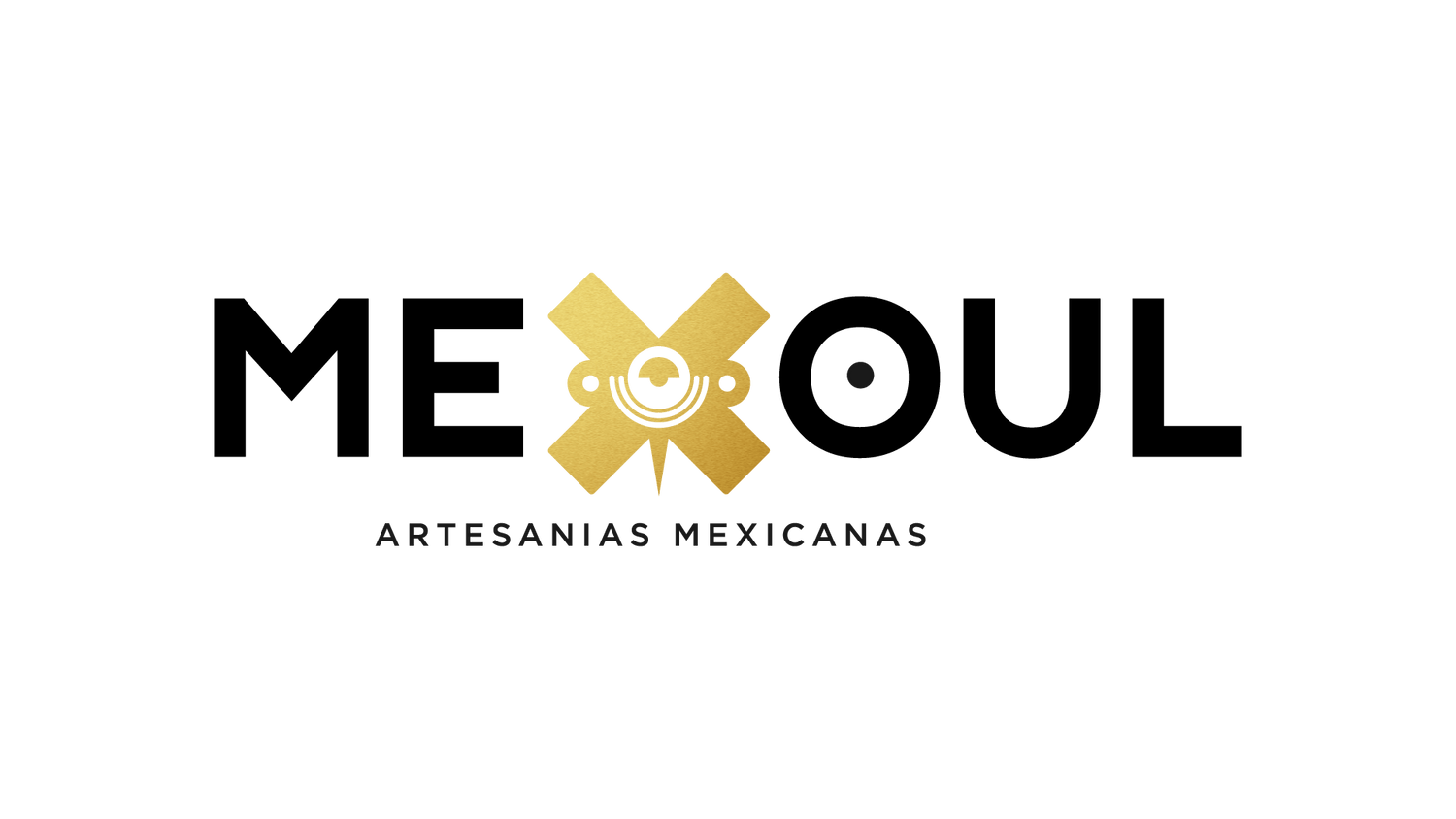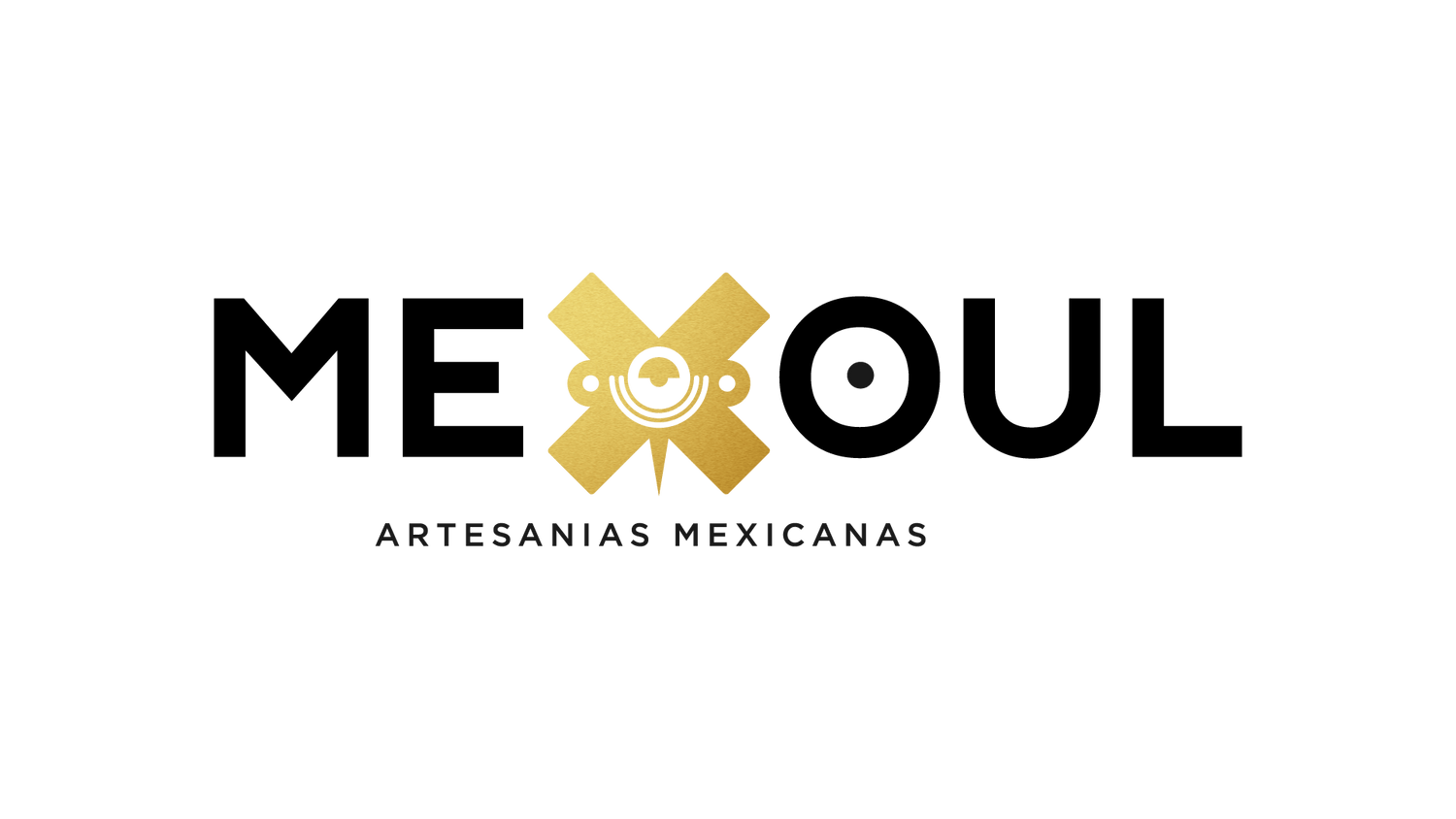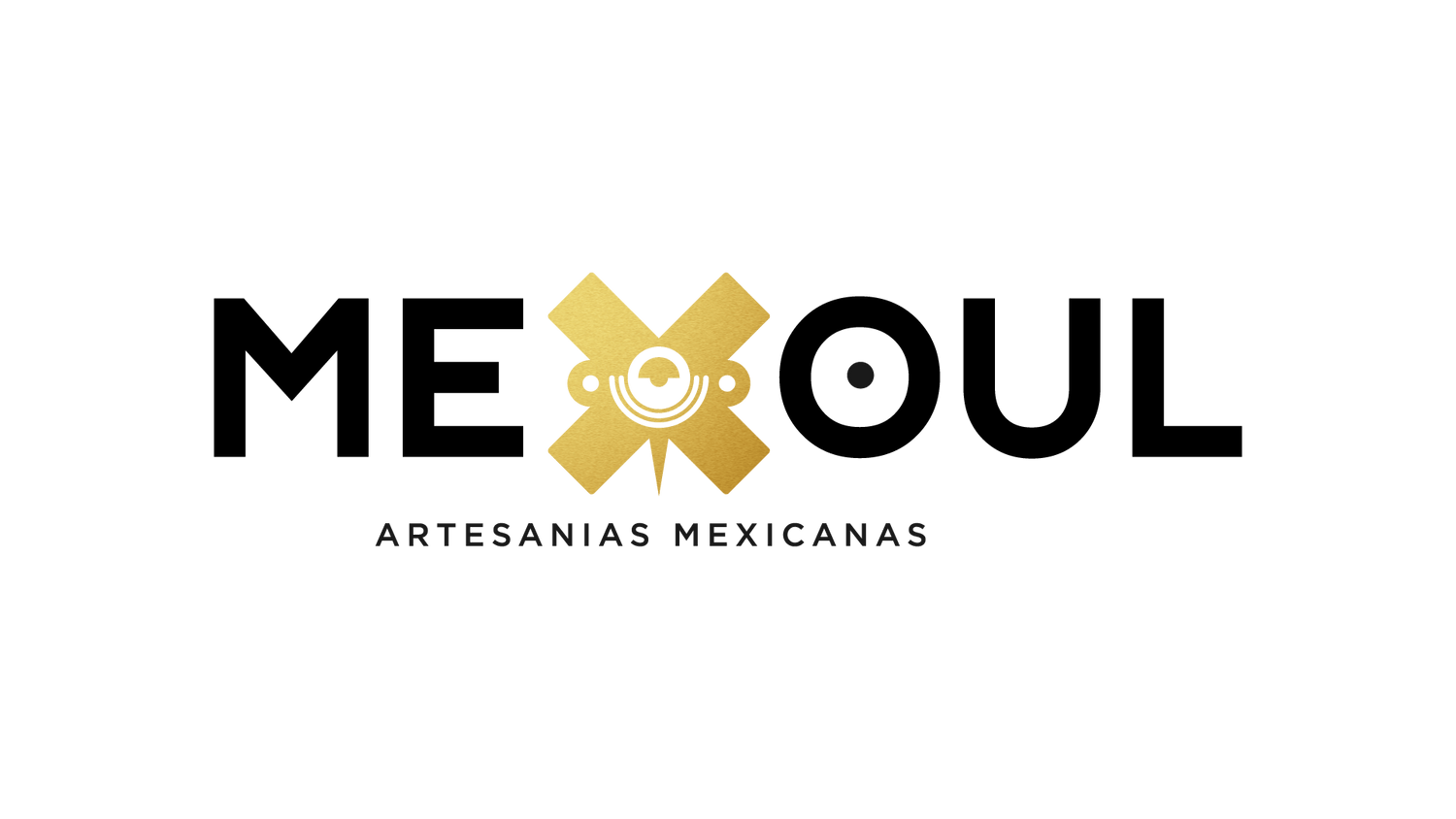Mexican art is a vivid tapestry woven from centuries of history, culture, and innovation. Its evolution reflects the dynamic interplay between ancient traditions and contemporary influences, offering a rich narrative that spans from pre-Columbian civilizations to modern-day expressions. Exploring the evolution of Mexican art provides a deeper understanding of how cultural heritage, societal changes, and artistic movements have shaped the nation’s creative landscape.
**Ancient Foundations: The Birth of Mexican Art**
The origins of Mexican art can be traced back to ancient civilizations that flourished long before the arrival of European explorers. The Olmec, Maya, and Aztec cultures laid the groundwork for what would become a rich artistic tradition.
The Olmec civilization, considered one of the earliest Mesoamerican cultures, is renowned for its colossal stone heads, which are both engineering feats and artistic masterpieces. These heads, carved from basalt, are believed to represent rulers or deities and showcase the Olmec's sophisticated understanding of sculpture.
The Maya civilization, which thrived from around 250 CE to 900 CE, produced an array of artistic achievements. Maya art is characterized by intricately carved stelae and altars, elaborate murals, and detailed ceramic works. These pieces often depicted gods, rulers, and mythological scenes, reflecting the Maya’s complex religious beliefs and societal structures.
The Aztecs, whose empire reached its zenith in the 15th century, contributed significantly to the evolution of Mexican art. Their artistic expressions included grandiose temples adorned with intricate stone carvings, such as the Sun Stone, which symbolized their cosmology. The Aztecs also excelled in featherwork and precious metalwork, creating elaborate and symbolic objects for ceremonial use.
**Colonial Period: A Fusion of Cultures**
The arrival of Spanish colonizers in the early 16th century marked a transformative period for Mexican art. The fusion of indigenous and European influences led to the development of colonial art, a unique blend of styles and techniques that emerged during the Spanish colonial era.
Colonial Mexican art was heavily influenced by European artistic traditions, including the Baroque style, which was characterized by dramatic ornamentation and emotional intensity. Mexican artisans adapted these European techniques to include indigenous themes and motifs, resulting in a distinctive colonial style. Churches and cathedrals from this period often feature ornate façades and interior decorations that combine European and indigenous elements.
One of the most notable aspects of colonial art is the development of **Retablos**, small devotional paintings created on metal or wood. These works often depicted saints and religious scenes and were produced by local artists who infused European religious themes with Mexican iconography.
**The Mexican Revolution and Muralism: Art as Social Commentary**
The early 20th century witnessed a significant shift in Mexican art with the advent of the Mexican Mural Movement. This period was marked by a strong desire to use art as a tool for social and political change, reflecting the upheavals and aspirations of post-Revolutionary Mexico.
The Mexican Muralists, including Diego Rivera, David Alfaro Siqueiros, and José Clemente Orozco, sought to create art that was accessible to the public and conveyed messages about social justice, national identity, and historical struggles. Their murals, often painted on the walls of public buildings, depicted scenes of Mexican history, indigenous culture, and the labor movement.
Diego Rivera, for example, used his murals to celebrate the working class and critique imperialism. His works, such as those in the National Preparatory School, illustrate the struggles and triumphs of the Mexican people and reflect his commitment to political and social causes.
David Alfaro Siqueiros and José Clemente Orozco also played pivotal roles in this movement. Siqueiros’s murals are known for their dramatic, almost theatrical quality, while Orozco’s works often explore themes of human suffering and resilience.
**Contemporary Art: A New Horizon**
As Mexico moved into the late 20th and early 21st centuries, its art continued to evolve, embracing new forms and media. Contemporary Mexican art is characterized by its diversity and global influences, as artists experiment with various styles and techniques while addressing contemporary issues.
**Alebrijes**, fantastical wooden sculptures painted in bright, intricate patterns, emerged in the mid-20th century as a new form of folk art. These imaginative creations, often depicting mythical creatures, showcase the creativity and innovation of contemporary Mexican artisans.
In the realm of visual arts, contemporary Mexican artists like Gabriel Orozco and Damien Ortega have gained international acclaim. Orozco’s work often challenges traditional boundaries, incorporating elements of conceptual art and installation. Ortega’s art, on the other hand, explores themes of urban life and consumerism, using everyday objects to create thought-provoking pieces.
Mexican art also continues to thrive in the digital age, with artists using new technologies and media to explore contemporary themes. Digital art, street art, and graphic design have become prominent forms of artistic expression, reflecting the changing dynamics of Mexican society.
**Conclusion: A Rich Tapestry of Artistic Expression**
The evolution of Mexican art is a testament to the country’s rich cultural heritage and its ability to adapt and innovate over time. From the monumental works of ancient civilizations to the vibrant expressions of contemporary artists, Mexican art offers a window into the country’s history, values, and aspirations. Each period in its evolution adds a new layer to the narrative, creating a complex and multifaceted artistic tradition that continues to inspire and captivate audiences around the world. As Mexican art continues to evolve, it remains a dynamic reflection of a nation that values its past while embracing its future.





